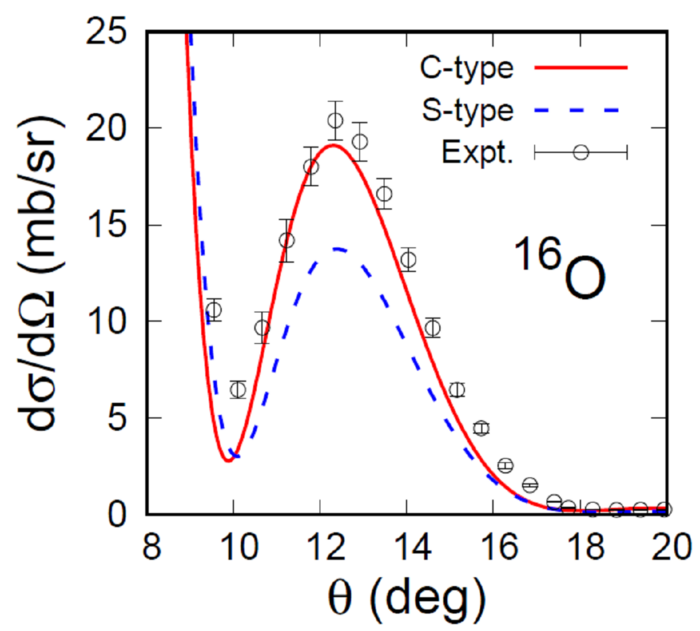Helium usually has two protons and two neutrons strongly bound to each other, often forming a substructure within the nucleus. A nucleus composed of several such substructures is called a cluster structure. In the standard picture, nuclei are difficult to understand in terms of so-called shell structure; because there was no way to clearly distinguish whether each nucleus has a cluster or a shell structure.

Credit: Wataru Horiuchi, OMU
Helium usually has two protons and two neutrons strongly bound to each other, often forming a substructure within the nucleus. A nucleus composed of several such substructures is called a cluster structure. In the standard picture, nuclei are difficult to understand in terms of so-called shell structure; because there was no way to clearly distinguish whether each nucleus has a cluster or a shell structure.
Associate Professor Wataru Horiuchi and Professor Naoyuki Itagaki from the Osaka Metropolitan University Graduate School of Science, have developed an “antisymmetrized quasicluster model” that can represent cluster and shell structure in a single framework, which they applied to carbon and oxygen. The density distributions they obtained were significantly different under the assumption of cluster and shell structure. Furthermore, these differences were visualized as data by performing scattering experiments with protons accelerated to high energies for each nucleus.
Theoretical calculations from this study and existing experimental data* reveal that in carbon and oxygen nuclei, there are many components with a clustered structure.
* G. D. Alkhazov et al., Yad. Fiz. 42, 8 (1985)
“The method is simple and powerful, allowing visualization of nuclear structures without the need for extensive numerical calculations,” said Professor Horiuchi. “In the future, we will consider applying this method to heavier nuclei such as neon, magnesium, and silicon isotopes, so that we can continue to answer that ultimate question: where did the elements we see around us come from?”
Their findings were published in Physical Review C (Letter).
###
About OMU
Osaka Metropolitan University is a new public university established by a merger between Osaka City University and Osaka Prefecture University in April 2022. For more science news, see https://www.omu.ac.jp/en/, and follow @OsakaMetUniv_en, or search #OMUScience.
Journal
Physical Review C
DOI
10.1103/PhysRevC.107.L021304
Method of Research
Computational simulation/modeling
Subject of Research
Not applicable
Article Title
Imprints of α clustering in the density profiles of 12C and 16O
Article Publication Date
21-Feb-2023




